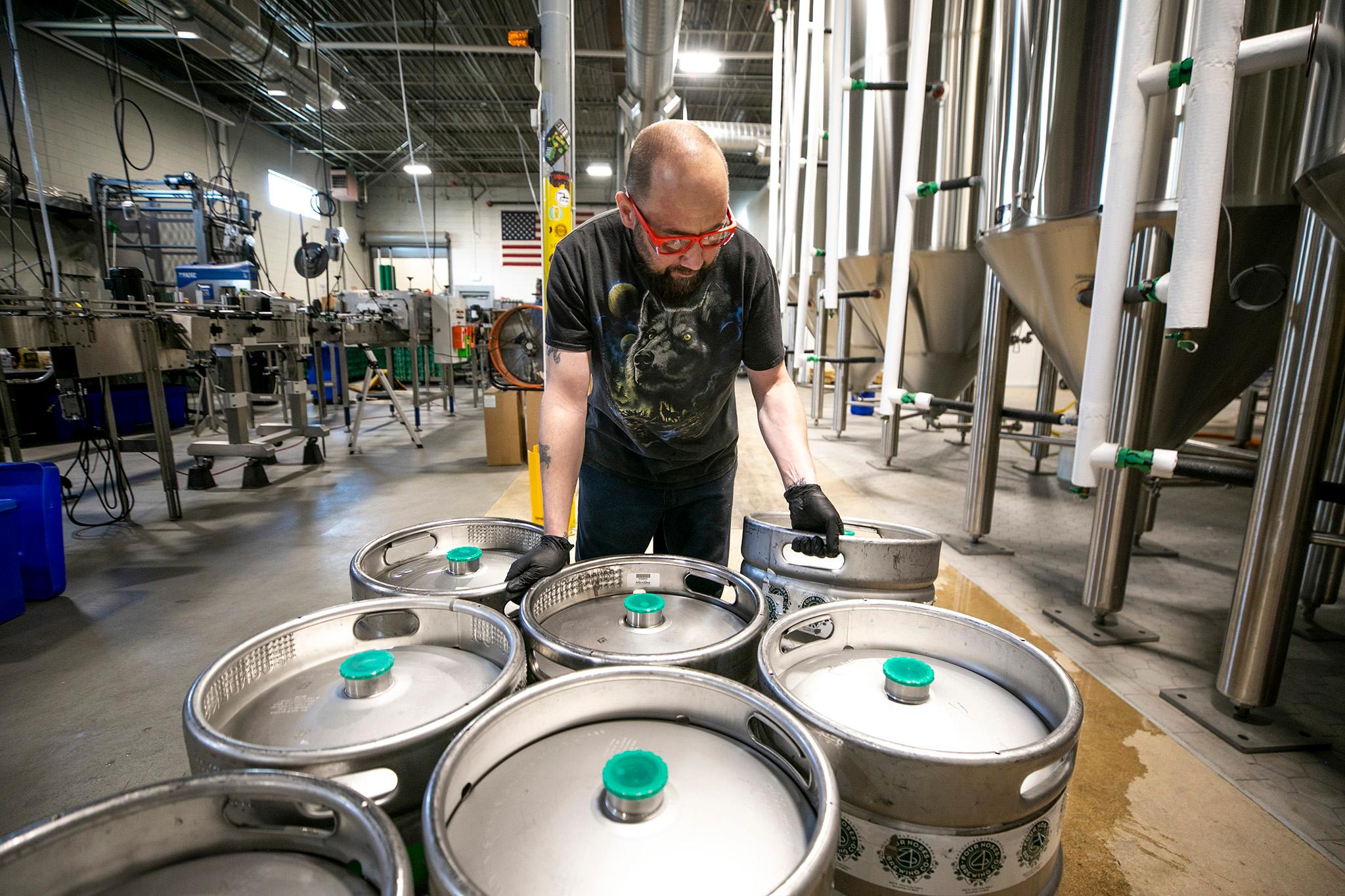
When Hurricane Maria tore through Puerto Rico nearly a month ago, it flattened houses, flooded towns and ripped down communication lines.
The hurricane also brought heavy rainfall that triggered landslides on the island. Falling rock, mud and earth buried houses and devastated road networks in the mountains, making it even harder to get aid to the areas that needed it.
To try and assist the recovery efforts, scientists from the United States Geological Survey’s Landslides Hazards Program, based in Golden, Colorado, have been studying aerial imagery. Using their expertise in identifying landslides and their impacts, the team has been pinpointing where falling rock, earth or mud has blocked roads or affected the island’s buildings. It’s painstaking and time-consuming work that will ultimately assist the Federal Emergency Management Agency and other organizations in their response activities.
The USGS has just reported the preliminary locations of the landslides impacts from the hurricane. Jonathan Godt, the Landslides Hazards Program's coordinator, told Colorado Matters the last time the team mapped landslide impacts was after 2013's flooding on the Front Range.








